By Roger Lincoln
May 2, 2024
News
Many people are suffering from unexplained pain throughout their bodies that just does not seem to be normal. These people can range from the very young and healthy-looking to the middle-aged and older population. Doctors and tests don’t seem to be able to identify exactly why these people are having these complaints and why they persist and never seem to improve with drugs or other forms of treatments. A new condition that has been emerging over the years is being used to label and lump these patients.
In the U.S. today, about 25% of the adult population is being diagnosed with metabolic syndrome. This estimate does not include children or teens. The medical establishment defines metabolic syndrome when three of the following five medical conditions are present: abdominal obesity, high blood pressure, high blood sugar, high serum triglycerides, and low serum high-density lipoprotein (HDL). Metabolic syndrome left to run its course will result in the development of cardiovascular disease and type 2 diabetes. Associated conditions include but are not limited to hyperuricemia, fatty liver progressing to nonalcoholic fatty liver disease, a polycystic ovarian syndrome in women, low testosterone, erectile dysfunction in men, osteoarthritis, and acanthosis nigricans.
Metabolic syndrome is much more pervasive than what it is getting credit for. For instance, hyperuricemia (high uric acid in the blood) can result in kidney stones, gout, and arthritis; but eating red meat, and cheese, and drinking wine will get the credit for this condition. I see patients who are young and look healthy but are loaded with pain and inflammation that improve marginally. They have been diagnosed with fibromyalgia, or Lyme disease but don’t remember getting bitten by a tic or some other off-the-wall condition. I am seeing patients in their late 30s, forties, and early fifties with arthritic joints of a 70-year-old. Metabolic syndrome effects the cells of the body and every tissue, organ, joint, and bone of the body.
High levels of sugar in the blood are being blamed for metabolic syndrome when, in actuality, insulin resistance is the cause of metabolic syndrome and many other inflammatory conditions throughout the body. The reason for sugar or glucose getting the blame is that there are a whole host of drugs on the market to lower glucose and A1C. Until the cause of insulin resistance is addressed the condition will persist and worsen over time.
The use of medication will indeed lower the tested numbers but will not stop the devastating effects of hyperinsulinemia. In fact, the medical practice will focus on sugar, cholesterol, A1C, and fasting glucose which are all markers of sugar in the blood when they should check levels of insulin in the blood. These medications do not address the high levels of insulin but act as an agent increasing insulin levels to push blood sugar into the cell and making the insulin receptors more efficient.
Hyperinsulinemia happens when you have a higher amount of insulin in your blood than what’s considered normal. This can be determined by taking a Fasting Insulin Blood Test. Insulin is a hormone your pancreas makes and releases to drive sugar into the cells for energy. It is essential for life and for regulating blood glucose (sugar) levels, specifically by lowering glucose levels.
Hyperinsulinemia also results from insulin resistance, which happens when cells in your muscles, fat, and liver don’t respond as they should to insulin. The development of insulin resistance increases insulin production (hyperinsulinemia) so that your body can maintain healthy blood sugar levels. Insulin is an anabolic hormone that causes the body to store sugar which is converted to fat and stored in the cell inhibiting lipolysis of fat in the muscle and fat tissue. Lipolysis is the breakdown of stored fat for the usage of energy.
Abnormal levels of insulin in the blood results in persistent use of insulin which promotes obesity. Fat cells (adipose cells) produce inflammatory agents. Clinical research and studies have confirmed that chronic low-grade inflammation from adipose tissue (fat) is linked to metabolic disease and organ tissue complications in overweight and obese organisms. Adipose tissue inflammation is initiated and sustained over time by dysfunctional adipocytes (fat cells) that secrete inflammatory adipokines and infiltration of bone marrow-derived immune cells that signal via the production of cytokines and chemokines. Adipose tissue inflammation negatively impacts remote organ function, a phenomenon that is considered causative of the complications of obesity, not hyperinsulinemia.
There is only one way to prevent and fix metabolic syndrome and that requires life style change. The medical industry and big pharma know that it is so easy to take medications to cover up the problem, rig the numbers to fool you into believing you are better, and slow the progress of the diseases until there is no return to health. If you are tired of living in pain every day and tired of feeling ill and run down, you must be willing to change your lifestyle. Type 2 diabetes is a horrible disease that will rob you of your life and your golden years.
How do you know if you have metabolic syndrome? People who have metabolic syndrome typically have apple-shaped bodies, meaning they have larger waists and carry a lot of weight around their abdomens. If you are 20 pounds overweight your body is undergoing metabolic syndrome without noticeable symptoms. Not all metabolic syndrome sufferers are overweight. If your diet consists mainly of highly processed foods, drink sugary drinks, and alcoholic beverages you are driving your body into metabolic syndrome.
Metabolic syndrome and its devastating effects on the body can be reversed. The benefits of living a long healthy life far outweigh the misery of sickness and expensive medications and their unintended side effects.
If you want to find out if you have metabolic syndrome and what can be done to change your life, call today at 401-433-3600 New Hope Chiropractic.
 This is usually a neck or upper back related condition. I have seen patients with this condition many times and always have good success with these patients. There is the occasional patient that will have a torn rotator cuff that is caught during orthopedic checks. These patients I will refer to an orthopedic doctor for further evaluation to determine if the tear is bad enough that surgery is required. If you are having a shoulder condition and need help or an evaluation, call my office or click on the link to schedule an appointment.
This is usually a neck or upper back related condition. I have seen patients with this condition many times and always have good success with these patients. There is the occasional patient that will have a torn rotator cuff that is caught during orthopedic checks. These patients I will refer to an orthopedic doctor for further evaluation to determine if the tear is bad enough that surgery is required. If you are having a shoulder condition and need help or an evaluation, call my office or click on the link to schedule an appointment. 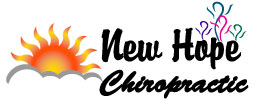

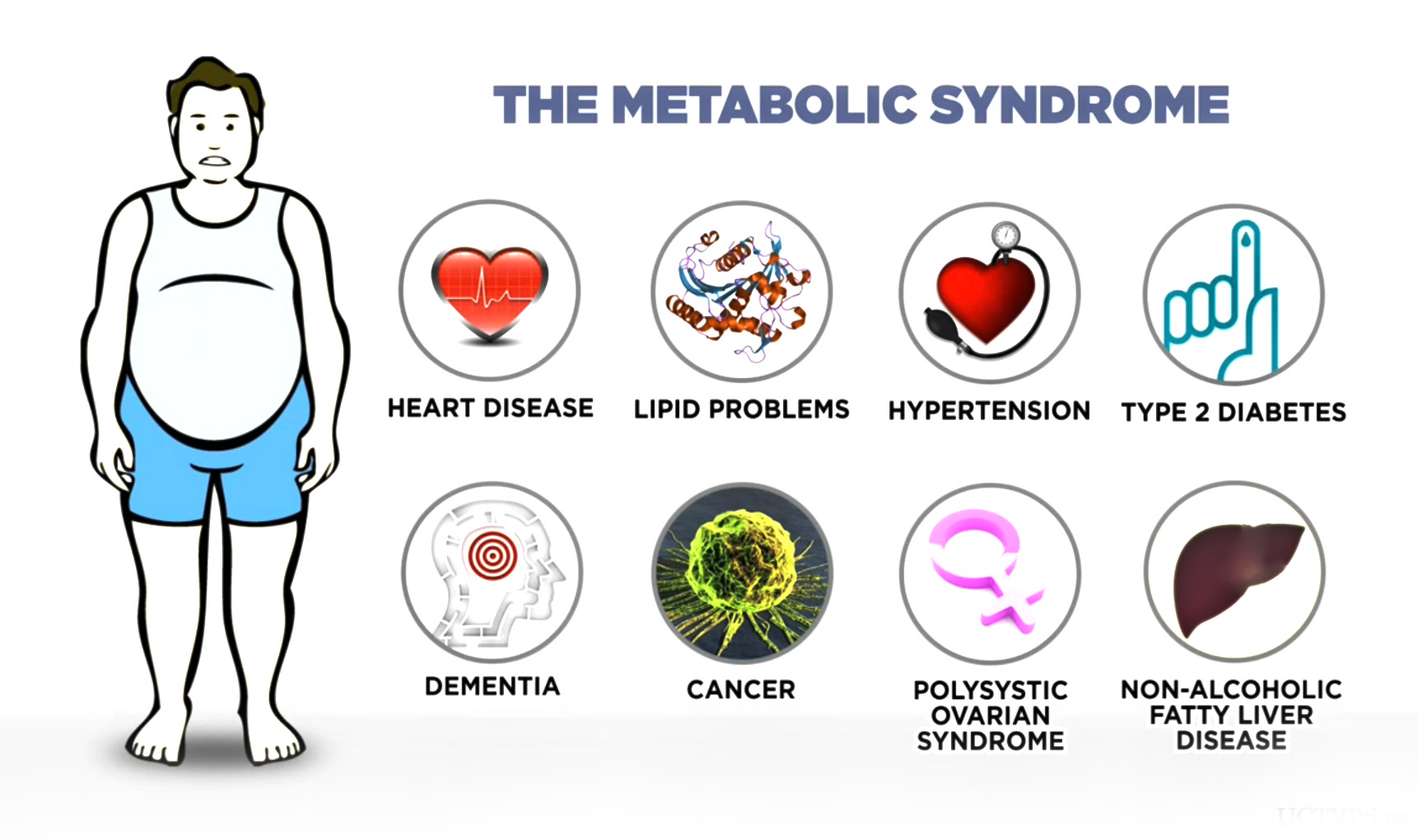

 The X-ray below reveals a misaligned right ilium from a traumatic injury. Also note how the spine is tilting to the right causing a subluxation at L4. If these misalignments are not corrected the body will fixate and heal into this abnormal position resulting in wear and tear of the misaligned joints and inflammation of the surrounding nerves. Organs that are supplied by those nerves will suffer and not function at their optimal levels.
The X-ray below reveals a misaligned right ilium from a traumatic injury. Also note how the spine is tilting to the right causing a subluxation at L4. If these misalignments are not corrected the body will fixate and heal into this abnormal position resulting in wear and tear of the misaligned joints and inflammation of the surrounding nerves. Organs that are supplied by those nerves will suffer and not function at their optimal levels.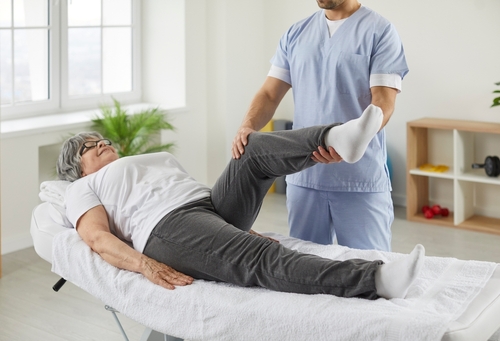



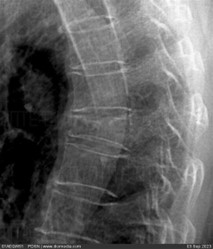
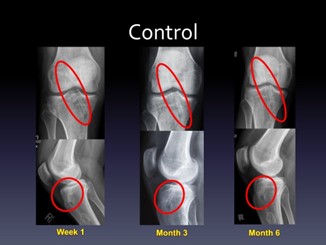 Today the orthopedic industry is seeing a significant increase in joint replacement surgeries. Arthritis is not a disease of old age it is a nutritional deficiency induced disease that can be halted and improved with a healthy diet and the use of properly recommended supplements. Chiropractic is very helpful in restoring mobility and proper function to arthritic joints. If you are feeling the effects of arthritis and need help getting your health back click on this link or call my office.
Today the orthopedic industry is seeing a significant increase in joint replacement surgeries. Arthritis is not a disease of old age it is a nutritional deficiency induced disease that can be halted and improved with a healthy diet and the use of properly recommended supplements. Chiropractic is very helpful in restoring mobility and proper function to arthritic joints. If you are feeling the effects of arthritis and need help getting your health back click on this link or call my office.
